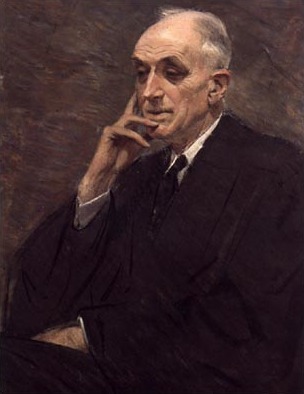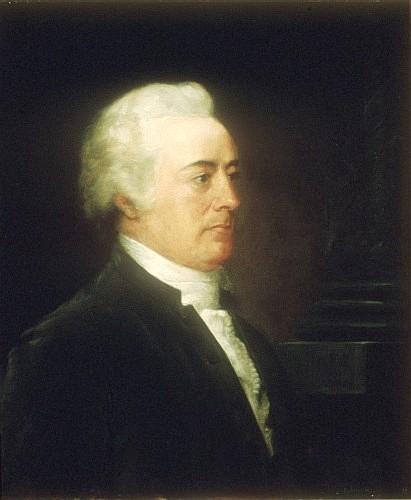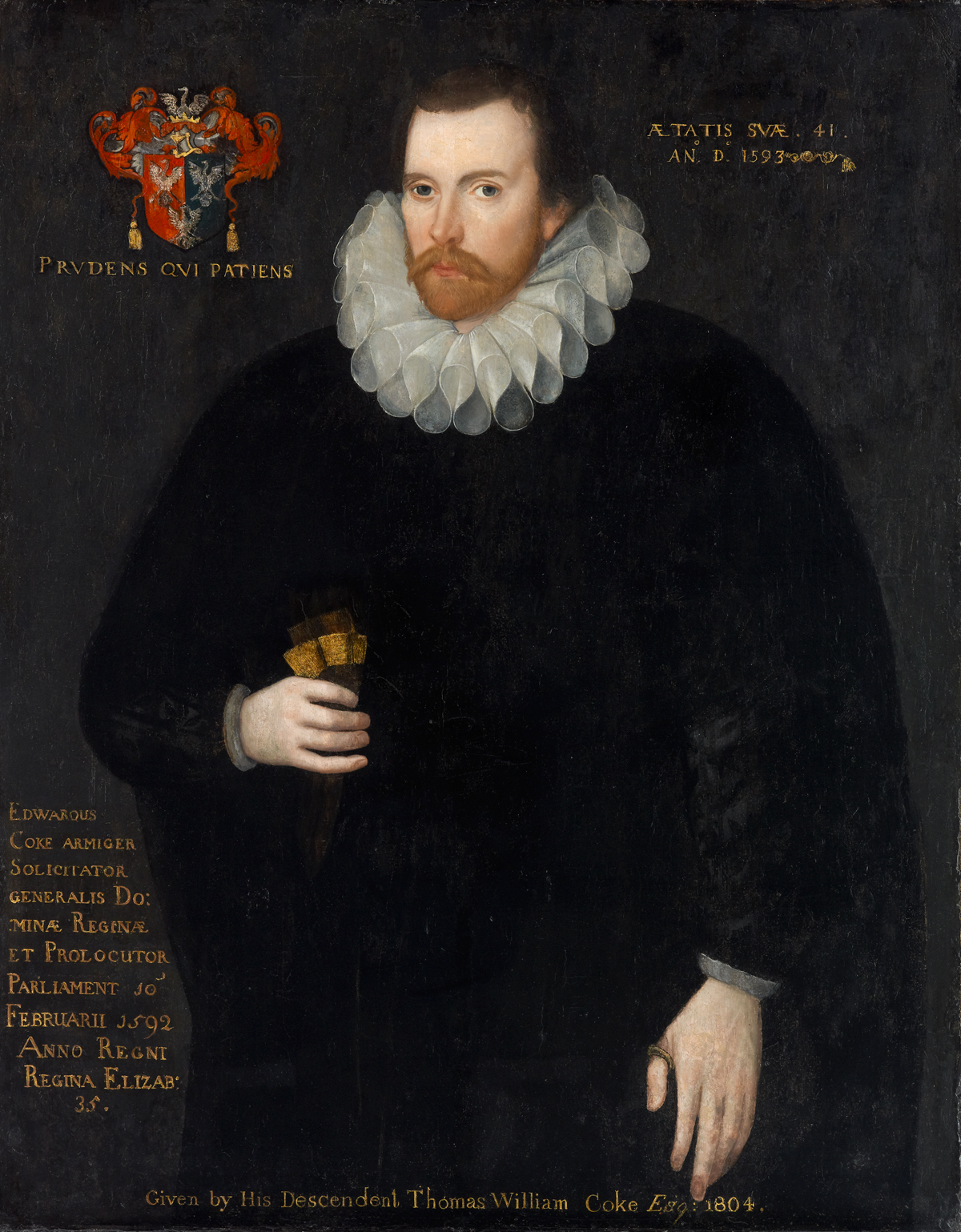|
United States Court Of Appeals For The Second Circuit
The United States Court of Appeals for the Second Circuit (in case citations, 2d Cir.) is one of the thirteen United States Courts of Appeals. Its territory comprises the states of Connecticut, New York and Vermont. The court has appellate jurisdiction over the district courts in the following districts: * District of Connecticut * Eastern District of New York * Northern District of New York * Southern District of New York * Western District of New York * District of Vermont The Second Circuit has its clerk's office and hears oral arguments at the Thurgood Marshall United States Courthouse at 40 Foley Square in Lower Manhattan. Due to renovations at that building, from 2006 until early 2013, the court temporarily relocated to the Daniel Patrick Moynihan United States Courthouse across Pearl Street from Foley Square; certain court offices temporarily relocated to the Woolworth Building at 233 Broadway. Because the Second Circuit includes New York City, it has long b ... [...More Info...] [...Related Items...] OR: [Wikipedia] [Google] [Baidu] |
Thurgood Marshall United States Courthouse
The Thurgood Marshall United States Courthouse (originally the United States Courthouse or the Foley Square Courthouse) is a 37-story courthouse at 40 Centre Street on Foley Square in the Civic Center neighborhood of Lower Manhattan in New York City, United States. Opened in 1936, the building was designed by Cass Gilbert and his son, Cass Gilbert Jr., in the Classical Revival style. The United States Court of Appeals for the Second Circuit and the United States District Court for the Southern District of New York hear cases in the courthouse, which is across the street from the Metropolitan Correctional Center, New York City. It is listed on the National Register of Historic Places and is a New York City designated landmark. The building is divided into two parts: a six-story base and a 31-story office tower. The facade of the structure is made of gray Minnesota granite. The base of the courthouse, built around three interior courtyards, occupies an irregular lot. The main ... [...More Info...] [...Related Items...] OR: [Wikipedia] [Google] [Baidu] |
United States District Court For The District Of Vermont
The United States District Court for the District of Vermont (in case citations, D. Vt.) is the United States district court, federal district court whose jurisdiction is the federal district of Vermont. The court has locations in Brattleboro, Vermont, Brattleboro, Burlington, Vermont, Burlington, and Rutland (city), Vermont, Rutland. The Court was created under the Judiciary Act of 1791 under the jurisdiction of the Eastern Circuit Court. Under the Midnight Judges Act, the Circuits were reorganised and this Court was assigned to the United States Court of Appeals for the Second Circuit where it has remained since. Originally created with one Judgeship, in 1966 a second Judgeship was added. Appeals from the District of Vermont are taken to the United States Court of Appeals for the Second Circuit (except for patent claims and claims against the U.S. government under the Tucker Act, which are appealed to the United States Court of Appeals for the Federal Circuit, Federal Circuit ... [...More Info...] [...Related Items...] OR: [Wikipedia] [Google] [Baidu] |
Learned Hand
Billings Learned Hand ( ; January 27, 1872 – August 18, 1961) was an American jurist, lawyer, and judicial philosopher. He served as a federal trial judge on the U.S. District Court for the Southern District of New York from 1909 to 1924 and as a federal appellate judge on the U.S. Court of Appeals for the Second Circuit from 1924 to 1951. Born and raised in Albany, New York, Hand majored in philosophy at Harvard College and graduated with honors from Harvard Law School. After a relatively undistinguished career as a lawyer in Albany and New York City, he was appointed at the age of 37 as a federal district judge in Manhattan in 1909. The profession suited his detached and open-minded temperament, and his decisions soon won him a reputation for craftsmanship and authority. Between 1909 and 1914, under the influence of Herbert Croly's social theories, Hand supported New Nationalism. He ran unsuccessfully as the Progressive Party's candidate for chief judge of the New Y ... [...More Info...] [...Related Items...] OR: [Wikipedia] [Google] [Baidu] |
Thurgood Marshall
Thurgood Marshall (July 2, 1908 – January 24, 1993) was an American civil rights lawyer and jurist who served as an associate justice of the Supreme Court of the United States from 1967 until 1991. He was the Supreme Court's first African-American justice. Prior to his judicial service, he was an attorney who fought for civil rights, leading the NAACP Legal Defense and Educational Fund. Marshall coordinated the assault on racial segregation in schools. He won 29 of the 32 civil rights cases he argued before the Supreme Court, culminating in the Court's landmark 1954 decision in '' Brown v. Board of Education'', which rejected the separate but equal doctrine and held segregation in public education to be unconstitutional. President Lyndon B. Johnson appointed Marshall to the Supreme Court in 1967. A staunch liberal, he frequently dissented as the Court became increasingly conservative. Born in Baltimore, Maryland, Marshall attended Lincoln University and the Howard Univer ... [...More Info...] [...Related Items...] OR: [Wikipedia] [Google] [Baidu] |
John Marshall Harlan II
John Marshall Harlan (May 20, 1899 – December 29, 1971) was an American lawyer and jurist who served as an associate justice of the U.S. Supreme Court from 1955 to 1971. Harlan is usually called John Marshall Harlan II to distinguish him from his grandfather John Marshall Harlan, who served on the U.S. Supreme Court from 1877 to 1911. Harlan was a student at Upper Canada College and Appleby College and then at Princeton University. Awarded a Rhodes Scholarship, he studied law at Balliol College, Oxford. Upon his return to the U.S. in 1923 Harlan worked in the law firm of Root, Clark, Buckner & Howland while studying at New York Law School. Later he served as Assistant U.S. Attorney for the Southern District of New York and as Special Assistant Attorney General of New York. In 1954 Harlan was appointed to the United States Court of Appeals for the Second Circuit, and a year later president Dwight Eisenhower nominated Harlan to the United States Supreme Court followin ... [...More Info...] [...Related Items...] OR: [Wikipedia] [Google] [Baidu] |
Supreme Court Of The United States
The Supreme Court of the United States (SCOTUS) is the highest court in the federal judiciary of the United States. It has ultimate appellate jurisdiction over all U.S. Federal tribunals in the United States, federal court cases, and over State court (United States), state court cases that involve a point of Law of the United States, federal law. It also has Original jurisdiction of the Supreme Court of the United States, original jurisdiction over a narrow range of cases, specifically "all Cases affecting Ambassadors, other public Ministers and Consuls, and those in which a State shall be Party." The court holds the power of Judicial review in the United States, judicial review, the ability to invalidate a statute for violating a provision of the Constitution of the United States, Constitution. It is also able to strike down presidential directives for violating either the Constitution or statutory law. However, it may act only within the context of a case in an area of law ove ... [...More Info...] [...Related Items...] OR: [Wikipedia] [Google] [Baidu] |
Associate Justice Of The Supreme Court Of The United States
An associate justice of the Supreme Court of the United States is any member of the Supreme Court of the United States other than the chief justice of the United States. The number of associate justices is eight, as set by the Judiciary Act of 1869. Article II, Section 2, Clause 2 of the Constitution of the United States grants plenary power to the president to nominate, and with the advice and consent (confirmation) of the Senate, appoint justices to the Supreme Court. Article III, Section 1 of the Constitution effectively grants life tenure to associate justices, and all other federal judges, which ends only when a justice dies, retires, resigns, or is removed from office by impeachment. Each Supreme Court justice has a single vote in deciding the cases argued before it, and the chief justice's vote counts no more than that of any other justice; however, the chief justice leads the discussion of the case among the justices. Furthermore, the chief justice—when in the maj ... [...More Info...] [...Related Items...] OR: [Wikipedia] [Google] [Baidu] |
United States Court Of Appeals For The District Of Columbia Circuit
The United States Court of Appeals for the District of Columbia Circuit (in case citations, D.C. Cir.) is one of the thirteen United States Courts of Appeals. It has the smallest geographical jurisdiction of any of the U.S. federal appellate courts, and covers only one district court: the U.S. District Court for the District of Columbia. It meets at the E. Barrett Prettyman United States Courthouse, near Judiciary Square, Washington, D.C. The D.C. Circuit's prominence and prestige among American federal courts is second only to the U.S. Supreme Court because its geographic jurisdiction contains the U.S. Capitol and the headquarters of many of the U.S. federal government's executive departments and government agencies, and therefore it is the main federal appellate court for many issues of American administrative law and constitutional law. Four of the current nine justices on the Supreme Court were previously judges on the D.C. Circuit including Chief Justice John Roberts, ... [...More Info...] [...Related Items...] OR: [Wikipedia] [Google] [Baidu] |
Antitrust Law
Competition law is the field of law that promotes or seeks to maintain market competition by regulating anti-competitive conduct by companies. Competition law is implemented through public and private enforcement. It is also known as antitrust law (or just antitrust), anti-monopoly law, and trade practices law. The history of competition law reaches back to the Roman Empire. The business practices of market traders, guilds and governments have always been subject to scrutiny, and sometimes severe sanctions. Since the 20th century, competition law has become global. The two largest and most influential systems of competition regulation are United States antitrust law and European Union competition law. National and regional competition authorities across the world have formed international support and enforcement networks. Modern competition law has historically evolved on a national level to promote and maintain fair competition in markets principally within the territorial bou ... [...More Info...] [...Related Items...] OR: [Wikipedia] [Google] [Baidu] |
Securities Law
Securities regulation in the United States is the field of U.S. law that covers transactions and other dealings with securities. The term is usually understood to include both federal and state-level regulation by governmental regulatory agencies, but sometimes may also encompass listing requirements of exchanges like the New York Stock Exchange and rules of self-regulatory organizations like the Financial Industry Regulatory Authority (FINRA). On the federal level, the primary securities regulator is the Securities and Exchange Commission (SEC). Futures and some aspects of derivatives are regulated by the Commodity Futures Trading Commission (CFTC). Understanding and complying with security regulation helps businesses avoid litigation with the SEC, state security commissioners, and private parties. Failing to comply can even result in criminal liability.Steinberg, Marc (2009). ''Understanding Securities Law''. LEXISNEXIS. . Overview The SEC was created by the Securities Excha ... [...More Info...] [...Related Items...] OR: [Wikipedia] [Google] [Baidu] |
Contract Law
A contract is a legally enforceable agreement between two or more parties that creates, defines, and governs mutual rights and obligations between them. A contract typically involves the transfer of goods, services, money, or a promise to transfer any of those at a future date. In the event of a breach of contract, the injured party may seek judicial remedies such as damages or rescission. Contract law, the field of the law of obligations concerned with contracts, is based on the principle that agreements must be honoured. Contract law, like other areas of private law, varies between jurisdictions. The various systems of contract law can broadly be split between common law jurisdictions, civil law jurisdictions, and mixed law jurisdictions which combine elements of both common and civil law. Common law jurisdictions typically require contracts to include consideration in order to be valid, whereas civil and most mixed law jurisdictions solely require a meeting of t ... [...More Info...] [...Related Items...] OR: [Wikipedia] [Google] [Baidu] |
Woolworth Building
The Woolworth Building is an early American skyscraper designed by architect Cass Gilbert located at 233 Broadway in the Tribeca neighborhood of Manhattan in New York City. It was the tallest building in the world from 1913 to 1930, with a height of . More than a century after its construction, it remains one of the 100 tallest buildings in the United States. The Woolworth Building is bounded by Broadway and City Hall Park to its east, Park Place to its north, and Barclay Street to its south. It consists of a 30-story base topped by a 30-story tower. Its facade is mostly decorated with architectural terracotta, though the lower portions are limestone, and it features thousands of windows. The ornate lobby contains various sculptures, mosaics, and architectural touches. The structure was designed with several amenities and attractions, including a now-closed observatory on the 57th floor and a private swimming pool in the basement. F. W. Woolworth, the founder of a brand ... [...More Info...] [...Related Items...] OR: [Wikipedia] [Google] [Baidu] |








